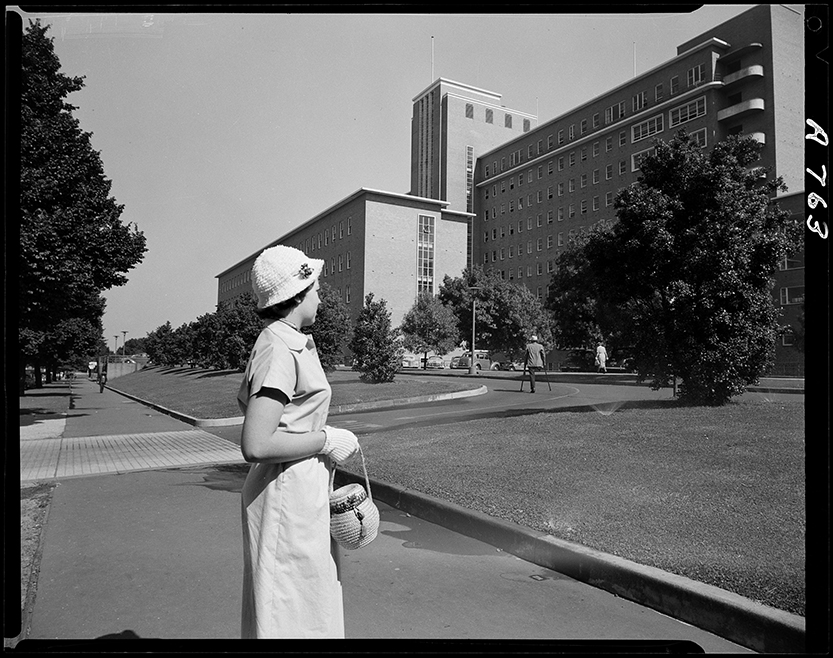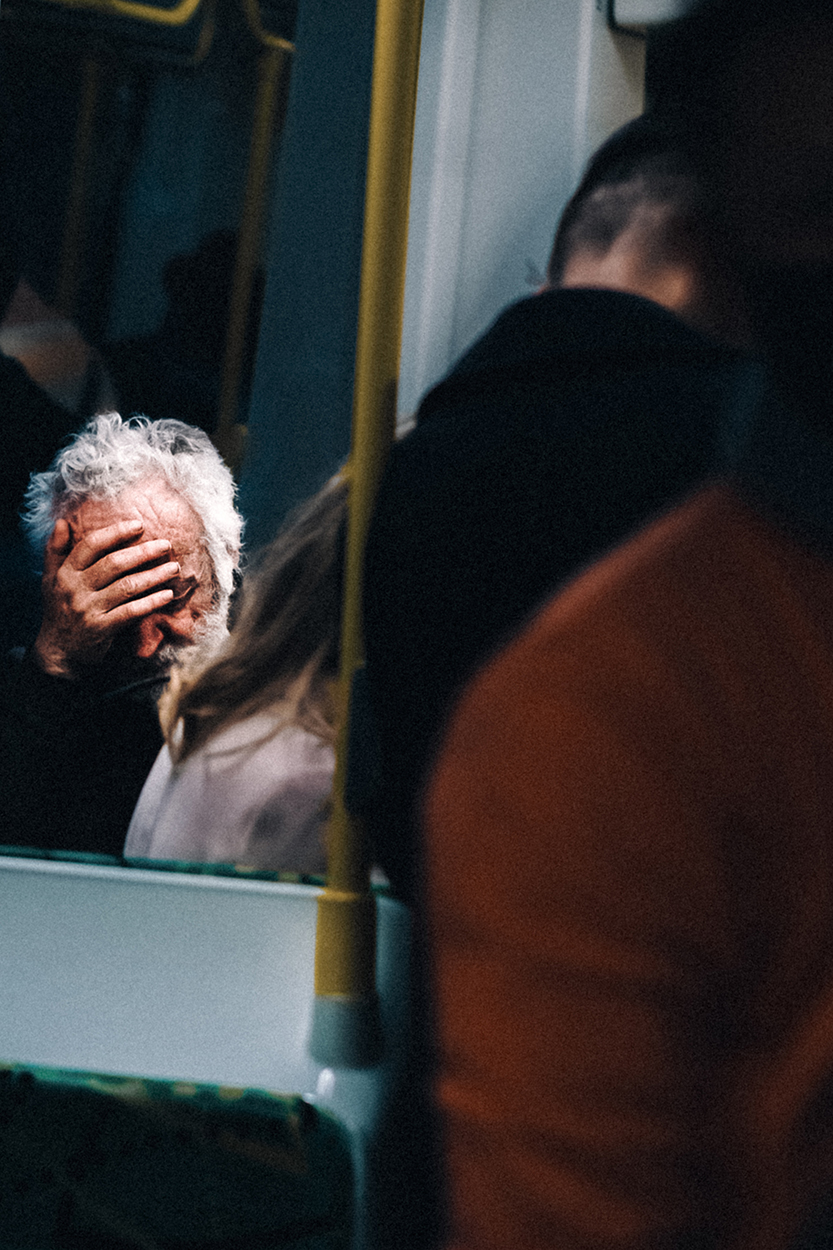Victorian Archives Centre collects memories that are worth holding on to
Public moments of joy and connection are being highlighted in Victorian Archives Centre (VAC) Gallery’s upcoming exhibition on July 28.
Running until the end of the year, VAC’s Collective City exhibition offers a refreshing look into major events in history that were captured and kept within the Public Record Office Victoria’s (PROV) archives.
“These images were predominantly taken over the 20th century by Victorian government photographers to document everything from waitress uniforms in the railway refreshment rooms through to major events in our history,” organiser and lead curator of Collective City, Natasha Cantwell said.
“But when we view them with contemporary eyes, we see so much more than was originally intended. By examining what and how the photographers chose to document, we can learn a lot about our history.”
Each of the archival images chosen for the show tells a different story about Melbourne.
While the archival images were taken on behalf of the government, Ms Cantwell said it was also important to include contemporary photographers to keep conversations going.
These photographs were taken by journalists, social documentarians, and street photographers, with Ms Cantwell describing them as the subjects of “people with an eye for critical examination”.
“They show us the Melbourne of today, but the interesting difference is not just a ‘then and now’ comparison, but the intent behind the images,” she told North West City News.
“For example, the 1950s saw us come together to celebrate the Summer Olympics, but a lack of accessibility features in public spaces also kept us apart. Both these stories are included in the exhibition.”
Visitors to this exhibition will not only be given a glimpse into the past, but they’ll also be able to piece together how far we have come since.
An example of where this stands out is in the 1950s Dietitians and Royal Melbourne Hospital photograph, found in the PROV archives, which is part of a series called Dietetics as a career.
“Whether intentional or not, the composition draws your eye to the man on crutches making his way along the road up to the hospital. This is a time well before accessibility parking (it was not until 1981 that municipalities across Victoria started introducing the Disabled Person’s Parking Scheme) and the fact he is on the road also suggests that the hospital lacked a footpath with the features required for accessibility, such as kerb cuts or ramps,” Ms Cantwell said.
“Australia’s Disability Rights Movement began the following decade, but it was only when the Disability Discrimination Act 1992 came into effect that architects and planners actually began designing public spaces with people of all abilities in mind.”
The Collective City exhibition is held at the Victorian Archives Centre at 99 Shiel St, North Melbourne, with opening night on July 27, from 5pm to 6.30pm. •
Bookings can be made here.

The Movement Refinery: 20 years and still going strong








 Download the Latest Edition
Download the Latest Edition